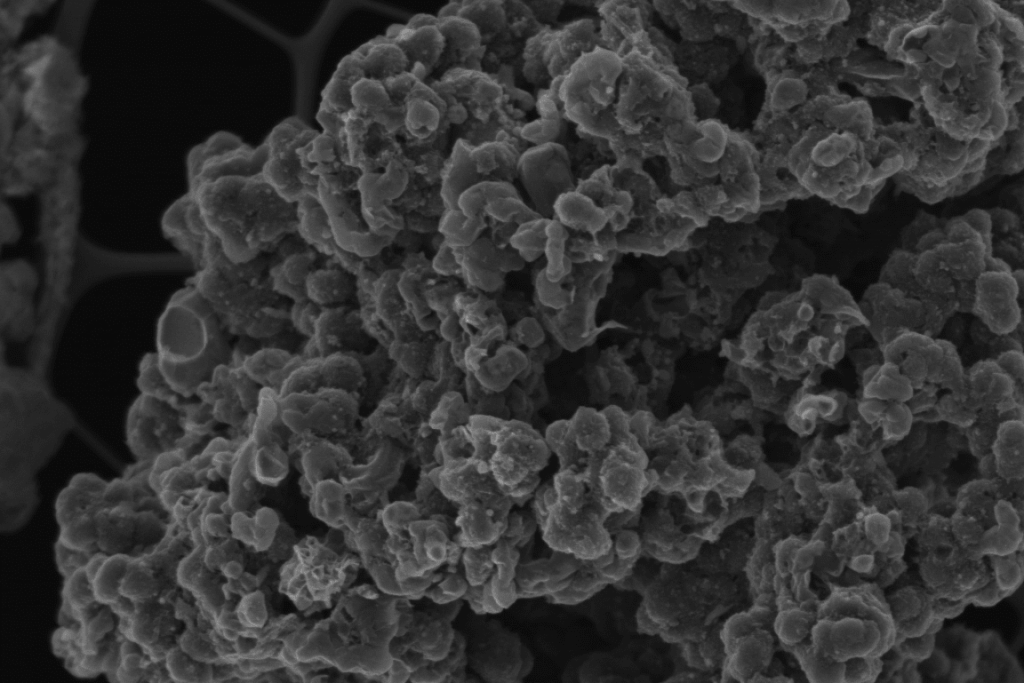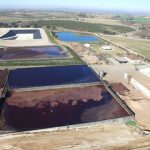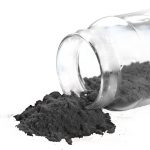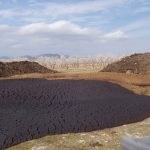In this article, we talk to you about the production of iron nanoparticles from olive pomace using a technology framed in the circular economy.
Nanoscale materials have been produced for decades. The most common production processes are milling, gas phase and liquid phase technologies. But the truth is that, today, other technologies and raw materials that are more sustainable for the production of nanoparticles are already being developed.
In this article, we will talk about the production of nanoparticles from olive pomace.
NANOPARTICLES
Nowadays, the production capacity of specially designed nanomaterials has been greatly improved. Most synthetically produced nanomaterials are nanoparticles.
Due to their wide potential applications in biomedicine, optics, electronics, nanochemistry or agriculture, nanoparticles are a field of intensive scientific research. Many production processes have been developed to meet the required shape, composition and size distribution, as various applications require precise definition of their properties.
PRODUCTION OF IRON NANOPARTICLES FROM OLIVE POMACE IN A SUSTAINABLE WAY
This technology has been developed by SMALLOPS, a Spanish nanotechnology company committed and aware, from an environmental point of view, of the great challenges facing our society and the importance of supporting new environmentally sustainable developments.
LOW COST PRODUCTION METHOD OF ENCAPSULATED IRON NANOPARTICLES IN SPAIN
SMALLOPS iron nanoparticles are produced by a hydrothermal carbonization (HTC) method. The production method of these encapsulated magnetic nanoparticles consists of heating a liquid with organic compounds in a closed container. In this way, energy is saved by avoiding evaporating its water content, since as the temperature increases once it reaches its boiling point, more pressure begins to be generated. This is because it is a closed container that continues to increase its temperature progressively. Thus, the carbonaceous compounds are divided into smaller ones until if any metal is found, it is reduced and carbon is deposited around it. Consequently, iron nanoparticles encapsulated in carbon are formed from the olive pomace.
In addition to being nanoparticles produced from a residue from the production of olive oil (alperujo), they constitute a non-toxic product that meets the requirements of a circular economy, since both the raw materials used and the product and by-products do not They are toxic.
Likewise, Smallops nanoparticles offer different competitive advantages to different sectors:
¡CONTACT US!
Do you need any more information? Do you want to try our nanoparticles? Would you like to collaborate with us?
Do not hesitate to get in touch to resolve all your doubts and start walking hand in hand towards the bioeconomy.




